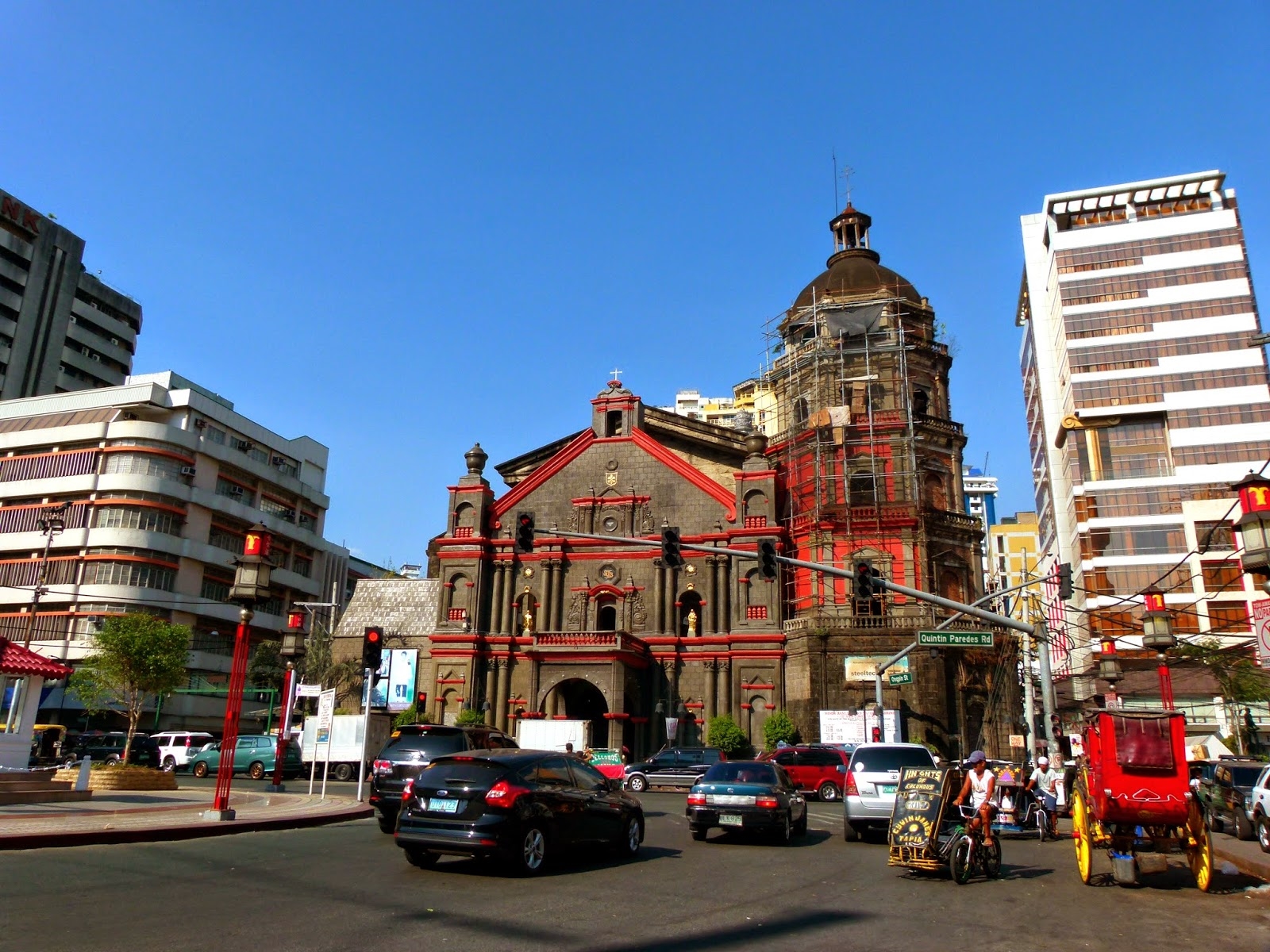Discover the History of Binondo Church
Nestled in the heart of Manila, Philippines, Binondo Church stands as a testament to the rich cultural and historical tapestry of the country. Officially known as the Minor Basilica of Saint Lorenzo Ruiz and Our Lady of the Most Holy Rosary Parish, this iconic church is not just a place of worship but also a symbol of resilience and faith. For those interested in exploring the history of Binondo Church, this guide provides practical insights into its past, significance, and what you can expect when visiting.
Origins and Historical Significance
Binondo Church was established in 1596 by Dominican priests to serve the Chinese converts to Christianity in Manila. The location of the church in Binondo, the world’s oldest Chinatown, was strategic, as it was meant to cater to the growing Chinese community in the area. The church’s establishment was part of the broader Spanish colonial efforts to spread Christianity in the Philippines.
Throughout its history, Binondo Church has witnessed numerous significant events. It has survived natural disasters, wars, and various reconstructions. The church was heavily damaged during World War II, but its resilience is evident in its continuous restoration efforts. Today, it stands as a symbol of the enduring faith of its parishioners and the harmonious blend of Filipino and Chinese cultures.
Architectural Features and Artifacts
The architecture of Binondo Church is a fascinating blend of Baroque and Romanesque styles, reflecting the influences of its Spanish colonial past. The church’s facade, with its intricate carvings and statues, is a sight to behold. One of the most striking features is the octagonal bell tower, which has become an iconic part of Manila’s skyline.
Inside the church, visitors can find a wealth of historical artifacts and religious icons. The altar, adorned with beautiful religious art, is a focal point for worshippers and tourists alike. The church also houses the image of Our Lady of the Most Holy Rosary, a revered figure among the faithful. Additionally, the church is dedicated to Saint Lorenzo Ruiz, the first Filipino saint, who was baptized in Binondo Church. His legacy is celebrated with a shrine inside the church, drawing pilgrims from all over the world.
Visiting Binondo Church
For those planning to visit Binondo Church, it is easily accessible from various parts of Manila. Located in the bustling district of Binondo, the church is surrounded by a vibrant community rich in history and culture. Visitors can explore the nearby streets, which are filled with traditional Chinese shops, restaurants, and markets, offering a unique cultural experience.
When visiting the church, it is important to be respectful of its religious significance. Dress modestly and maintain a quiet demeanor, especially during mass or other religious ceremonies. The church is open to the public, and guided tours are available for those interested in learning more about its history and architecture.
In addition to its religious and historical significance, Binondo Church is also a popular venue for weddings and other special occasions. Its stunning architecture and serene ambiance make it a sought-after location for couples looking to tie the knot in a place steeped in history and tradition.
